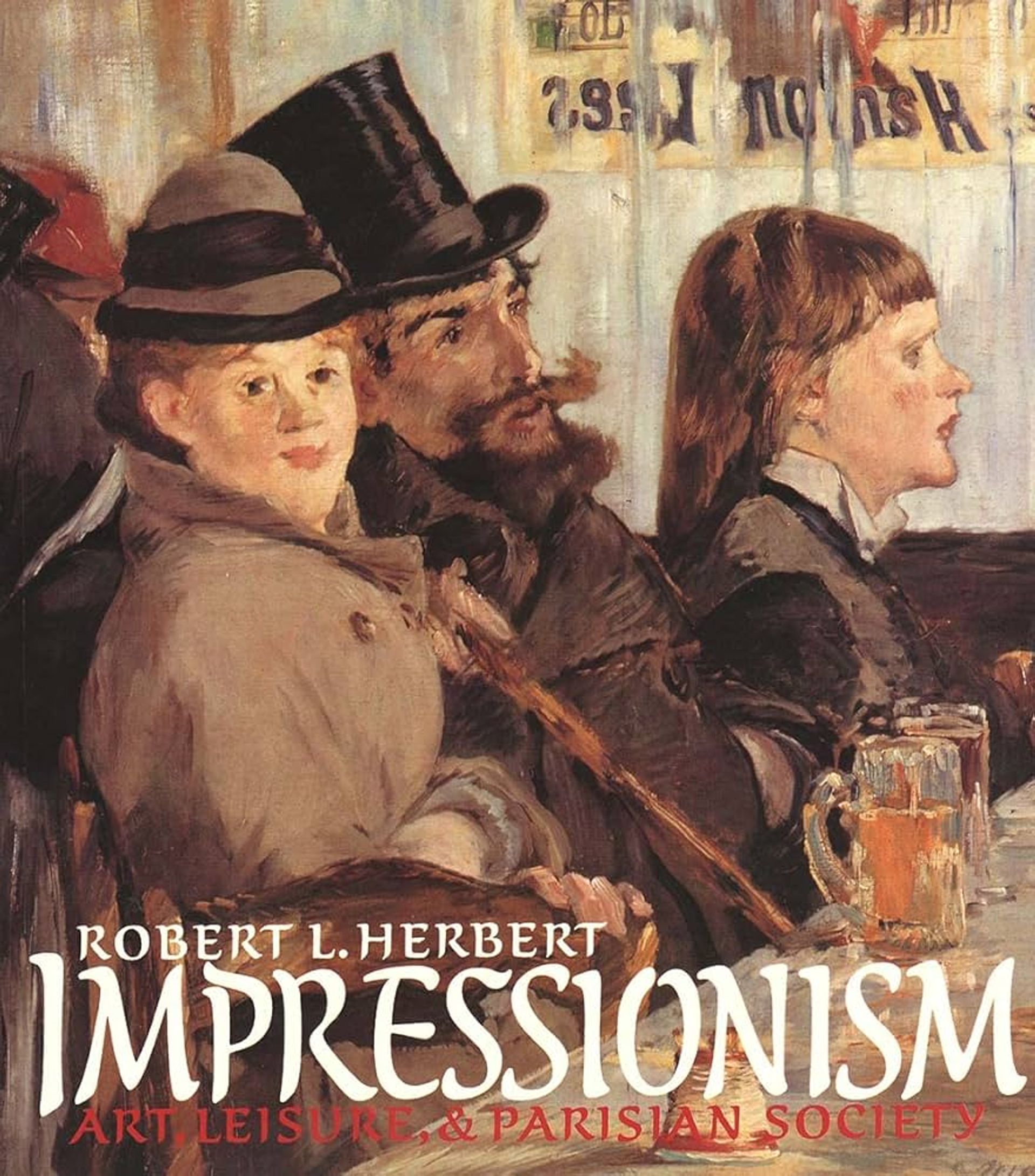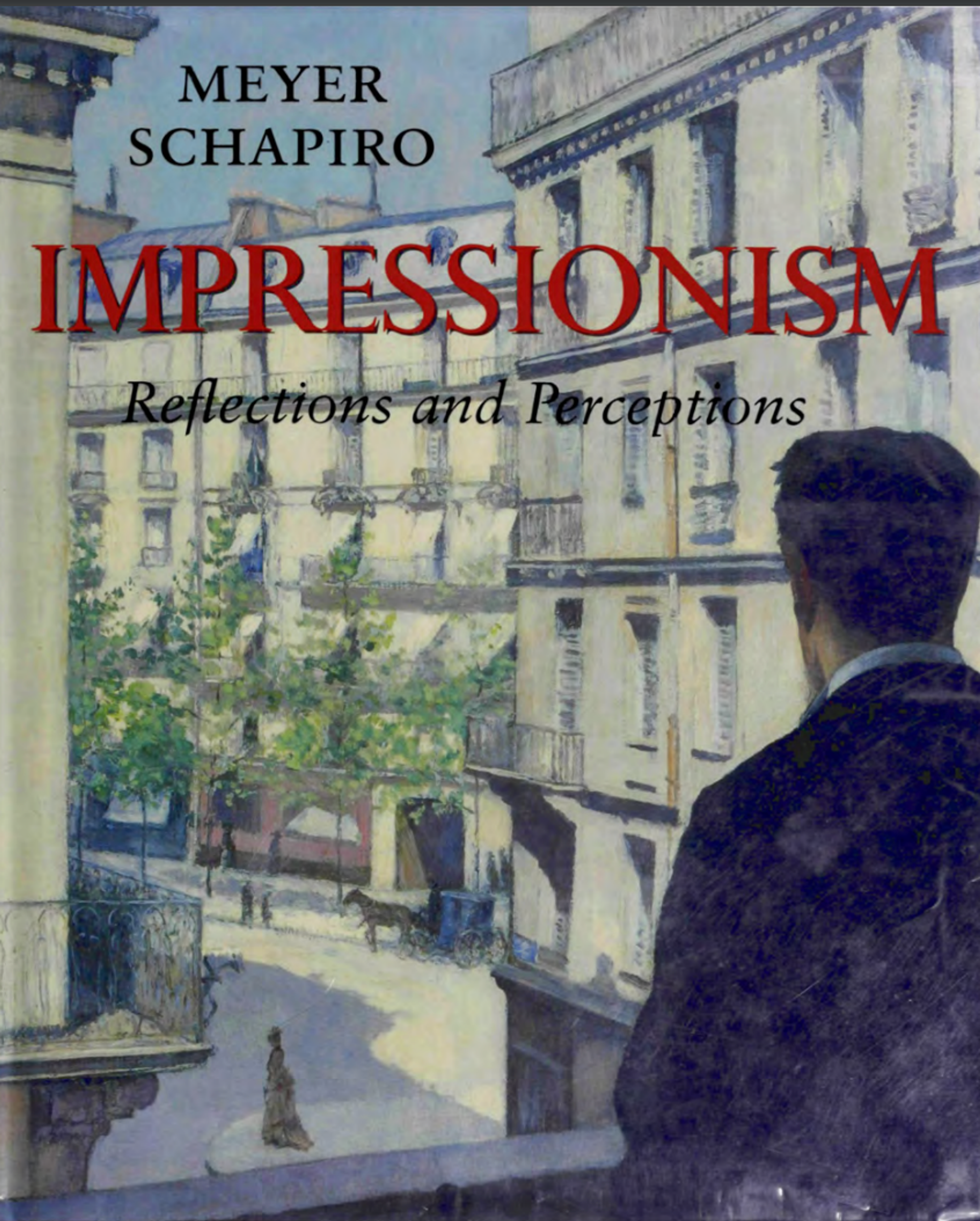The 150th anniversary of the birth of Impressionism has brought with it a wealth of exhibitions about the art movement, including Paris 1874: the Impressionist Moment, which debuted at the Musée d’Orsay in Paris earlier this year and has now travelled to the National Gallery of Art in Washington, DC. To help us tell our Monet from our Manet, and our plein air from just hot air, the show’s co-curators Kimberly Jones and Mary Morton have selected five of the best books on Impressionism.
The New Painting: Impressionism 1874-1886 (1986) by Charles S. Moffett et al
“This catalogue was the companion to the exhibition at the National Gallery of Art and the de Young Museum held in 1986 to commemorate the 100th anniversary of the final Impressionist exhibition. It charts the evolution of the Impressionist group, and the personalities at play, presenting a cogent narrative of the rise, rupture and ultimate and inevitable dissolution, while never losing sight of the works of art themselves.”

Impressionism: Art, Leisure and Parisian Society (1988) by Robert Herbert
“Robert Herbert was one of the pioneering scholars of social art history. In this book he opted to view Impressionism through a sociological lens, to examine the ways that class, gender and societal concerns informed the work of the Impressionists. It helped to popularise a new line of inquiry that radically changed the way we look at Impressionism even decades later.”
The Art of Impressionism: Painting Technique and The Making of Modernity (2000) by Anthea Callen
“While much of Impressionist scholarship focuses on the surface, Anthea Callen’s book is a deep dive into how the paintings were actually made, presenting an overview of different physical aspects of art making. Along the way, she elucidates the ways that artists worked and the techniques they employed to achieve their distinctive effects. It is an invaluable study for anyone interested in understanding how paintings are made.”

Impressionism: Reflections and Perceptions (1997) by Meyer Schapiro
“This book condenses over 40 years of Meyer Schapiro’s thinking and teaching about Impressionism. Schapiro employs incisive language and great sensitivity to actual works of art to sketch out a synthetic definition of Impressionism as a Modernist movement profoundly reflective of its original social and economic conditions. Based on what was on view in museums at the time, and imbued with Marxist ideology, the book is somewhat dated but it’s filled with learned insights based on wide reading and careful looking.”

Impressionism: a Feminist Reading (1991) by Norma Broude
“Norma Broude was a leading voice in the nascent field of feminist art history around 1980, and helped crack open a scholarly discourse almost exclusively dictated by white men. Her erudite but accessible prose and original interpretations of artworks opened up Impressionist paintings to new modes of social and cultural understanding.”
• Paris 1874: the Impressionist Moment, National Gallery of Art, Washington, DC, 8 September-19 January 2025


